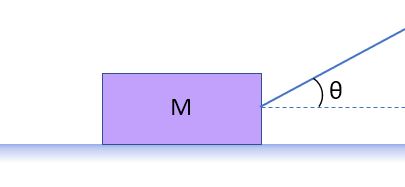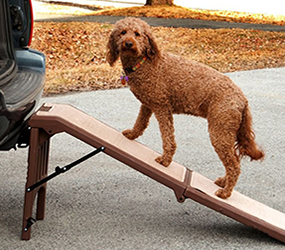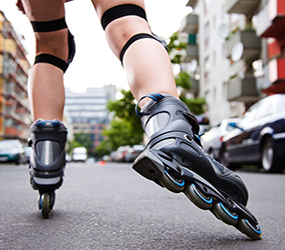Friction

Simply put, friction is the force that results from two objects rubbing together. The microphysics of this interaction is not well understood, but fortunately for us, the magnitude of the friction force can be well approximated as a constant times the normal force.

Three kinds of friction we will deal with are static friction, kinetic friction and rolling friction. In general, the coefficient of static friction is larger than that of kinetic friction, which is larger than that of rolling friction.

Static friction is like the normal force in that it arises to be what it "needs" to be, up to a threshold. For example, the dog on the ramp would continue to stay in place as the angle of the ramp increases until the static friction can no longer stop it from moving. The maximum static friction force defines the coefficient of static friction, as shown above. The direction of the static friction force is opposite of the direction that the object would move if there were no static friction.

In our approximation, the magnitude of kinetic friction force does not depend on velocity. The direction of the static friction force is opposite the direction of motion.
Rolling friction arises as an interaction of the rolling object with surface in contact. The coefficient of rolling friction is typically much smaller than that of kinetic friction.
Practice problems
1. An eraser is placed on a meter stick as shown, and the meter stick is raised until the eraser starts to slide. Measure the angle between the meter stick and table and calculate the coefficient of static friction between the eraser and the meter stick. Consider an eraser that has a mass of 0.032 kg.










